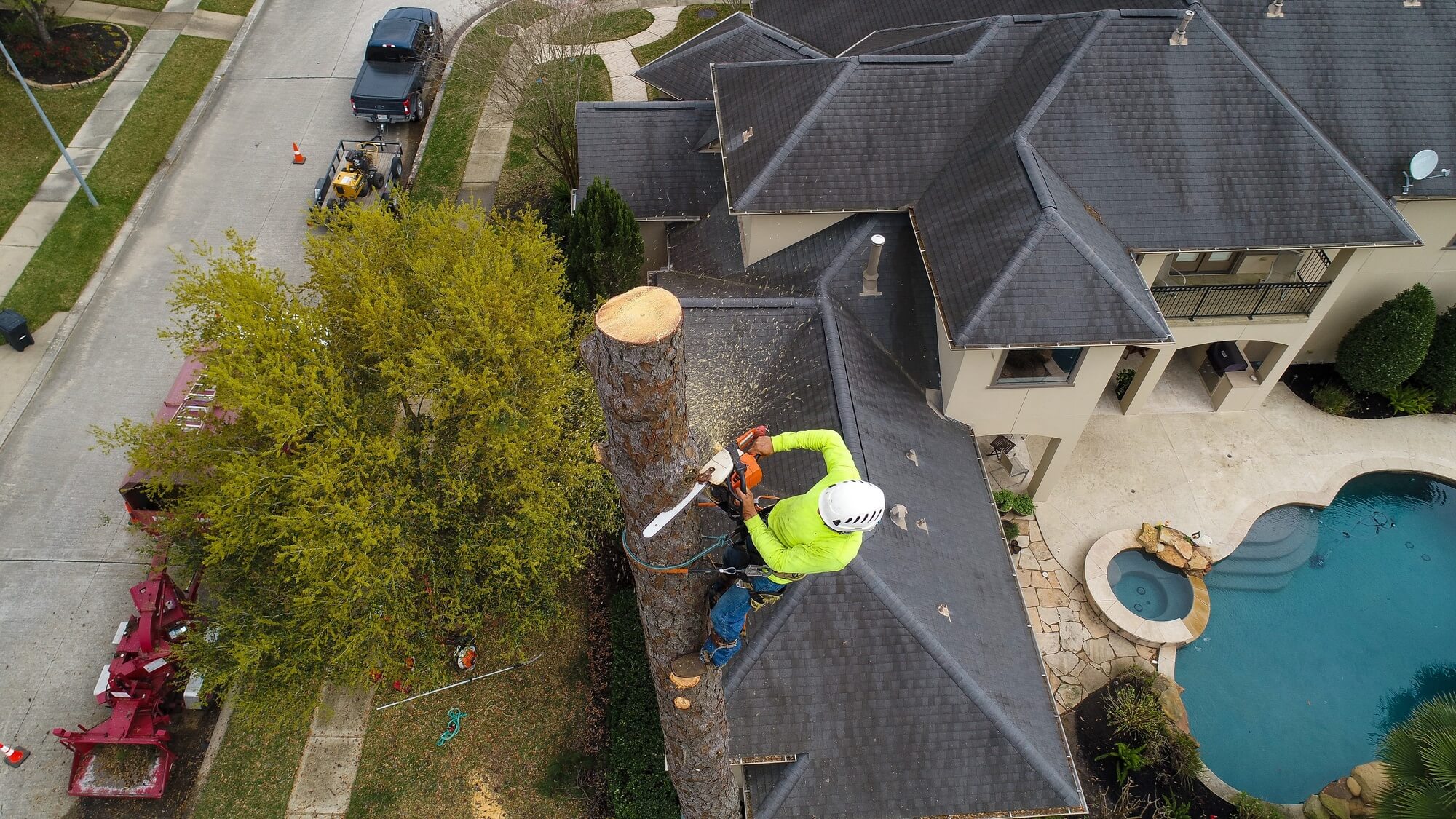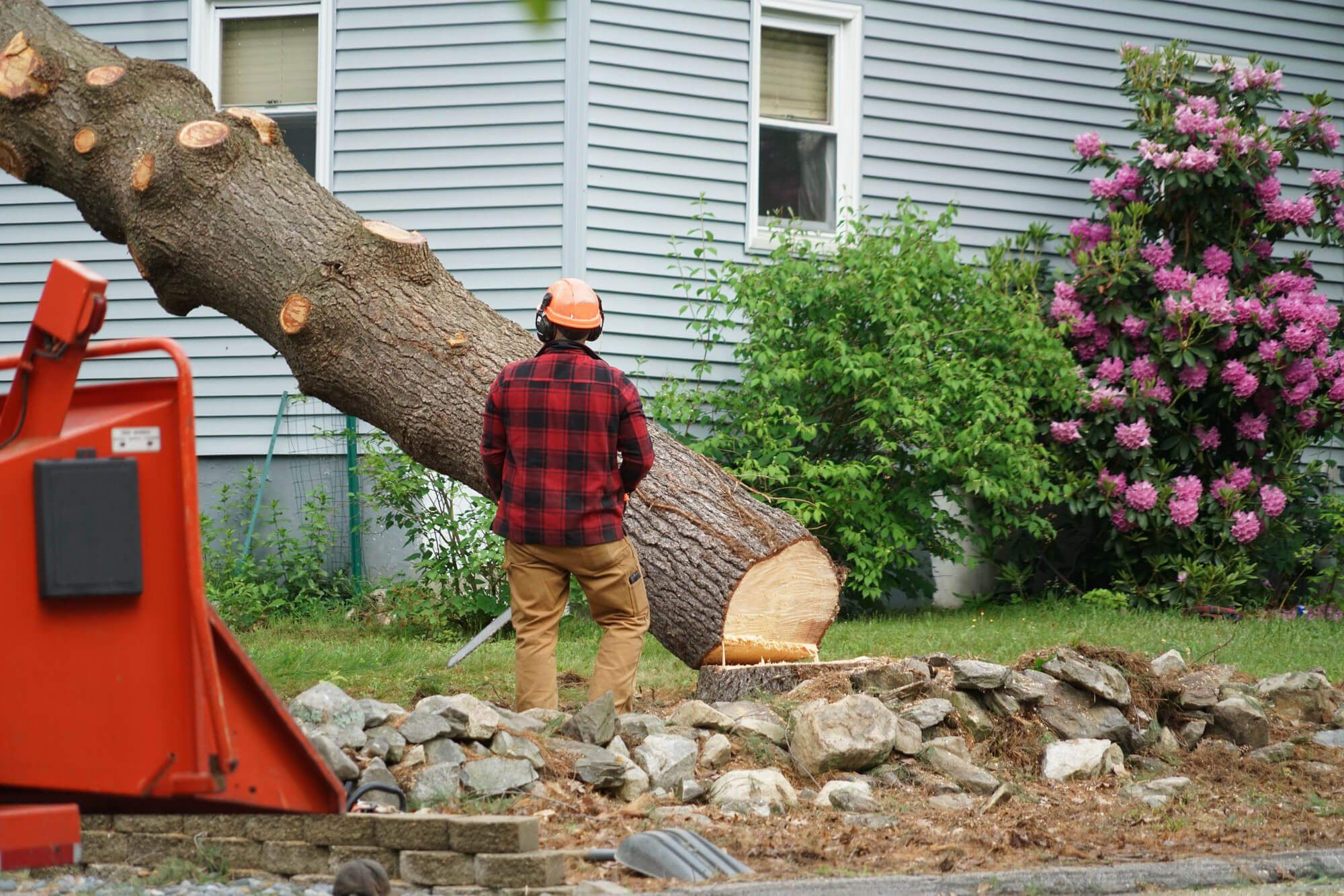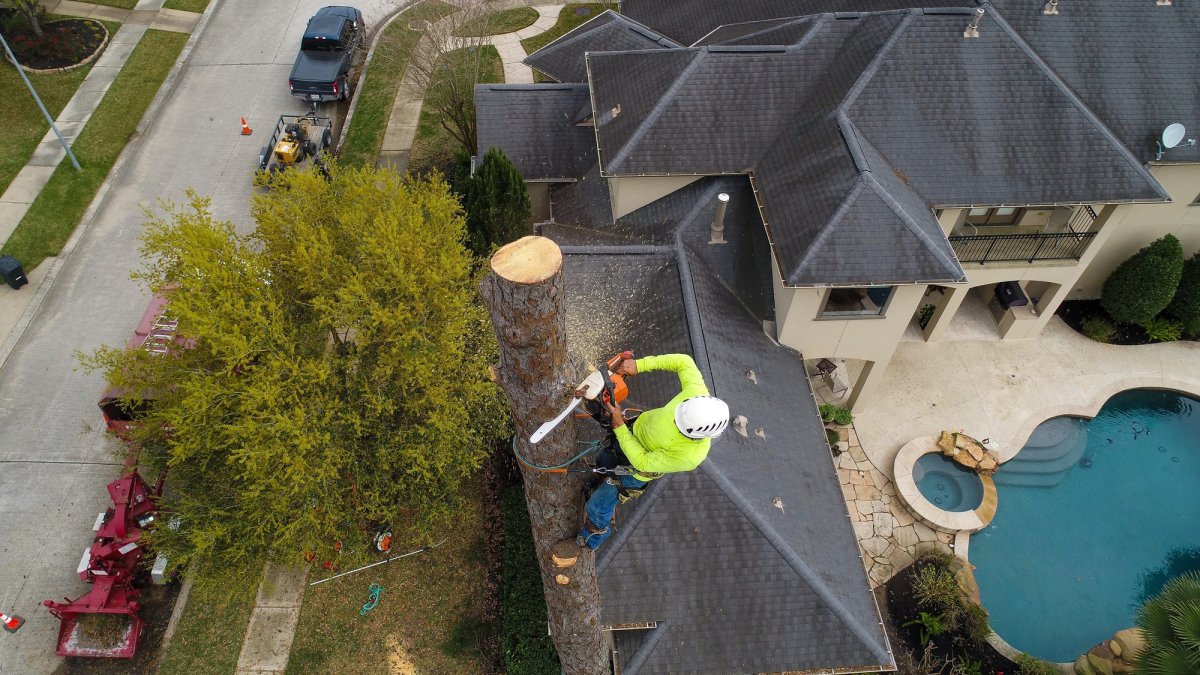
Trees are wonderful additions to any property. They provide shade on sweltering days, a habitat for wildlife, and a touch of nature’s beauty right in your backyard. Beyond their visual charm and environmental benefits, trees also contribute to the overall well-being of the ecosystem.
In fact, a 2022 study published in the Energy and Buildings journal stated that planting trees correctly can save up to 40% on heating consumption and decrease air cooling usage by 18% during hot weather conditions.
But as much as you love and care for your trees, there may come a time when you need to bid farewell to them. Trees, like any living organism, will eventually age, become ill, or pose hazards to your property, family, or passersby. In such cases, tree removal may be the safest and most responsible course of action. For expert assistance, consider contacting Trinity Tree Service Alexandria to address tree-related concerns effectively.
So, how can you tell if your beloved tree has become a liability and needs to be cut down? Here are five telltale signs:
1. Structural Defect, Cavity, or Decay
As mentioned, trees weaken with age. While the change of appearance is natural, certain symptoms indicate a more serious decline.
Have you noticed large sections of dead branches throughout the crown? Perhaps the leaves are sparse and discolored, or maybe the once-vibrant green has given way to a dull, sickly yellow. These are all potential signs that your tree is struggling.
Another red flag to watch out for is excessive cavities and fungal growth, particularly when more than 40% of the tree’s structure is compromised. Fungi often thrive on decaying wood, and their presence can signal internal rot. You might also see large holes and vertical cracks running up the main stem. Deep cracks compromise the structural integrity of the tree, making it more susceptible to falling during storms.
If you notice any of these signs, tree removal might be the right thing to do. Call a certified arborist to assess the tree’s health and recommend the best possible solutions. In some cases, they’ll perform pruning or disease treatment to revive the tree, depending on its condition.
2. Leaning or Unstable
Trees naturally grow upright, reaching for the sun. A slight tilt might not be a huge deal, especially if the tree is young and flexible. However, a pronounced lean or significant root exposure could indicate that the tree is becoming unstable and is at risk of toppling over.
If you catch a lean early, corrective measures might be possible. An arborist can install cables and braces to support the tree and encourage it to grow upright again. But for a severe lean, especially if the roots are compromised, tree removal may be the safest option.
3. Proximity to Structures or Power Lines
Sometimes, a tree’s location can be its downfall. In particular, trees that grow too close to your home, garage, power lines, or other structures can cause issues. One concern is the potential for tree roots to infiltrate underground utilities, such as water pipes and sewer lines. As roots expand in search of water and nutrients, they can wrap around or penetrate these vital systems, leading to leaks, blockages, and costly repairs.
In addition, the presence of trees close to structures can impede access for maintenance and repairs, making it more challenging and costly to address issues such as roofing repairs, exterior painting, and gutter cleaning. Another problem is for insurance claim purposes. Based on local news, one homeowner has reported that their insurance provider dropped their coverage due to trees invading roofs.
Regular pruning to maintain safe distances from buildings and utility lines helps reduce the risk of damage and ensures uninterrupted access for repairs. When necessary, professional arborists should be consulted to remove or trim trees to mitigate further harm.
4. Property Renovation
It’s the opposite scenario of the previous one. The tree’s location here is perfectly fine. But the thing is, you’re planning to build a new structure, expand a driveway, or create a new outdoor living space. And the ideal spot for the home remodeling coincides with where your tree is situated.
Removing your beautiful tree may be the only viable option. As much as you’d love to keep it, the construction project simply can’t proceed with the tree in the way. It’s a tough decision indeed, but sometimes sacrifices must be made to make way for your property’s exciting transformation.
It’s also essential to note that there are alternative solutions. Perhaps the tree could be transferred to a new location on your property. Ask your contractor or an arborist about the feasibility of transplanting the tree and the steps involved in ensuring its successful relocation.
5. The Tree Reaches Its End

Trees have lifespans, just like any living thing. While some species can live for hundreds or even thousands of years, others are naturally shorter-lived.
When a tree enters its final stages of life, it may exhibit signs such as a thinning canopy, nonexistent growth, excessive shedding of branches, or simply appearing lifeless. What next? It could be a removal. Sure, it’s never easy to say goodbye to a long-standing companion in your yard. But for the sake of safety and the health of your landscape, it’s essential to address the situation responsibly.
Conclusion
There are millions of reasons to love trees – their beauty, shade, oxygen production, and countless environmental benefits. However, as responsible property owners and community members, we must also recognize when a tree poses a potential hazard.
Remember, the removal of a tree should never be taken lightly, and alternative solutions should always be explored first. A specialized arborist is the right professional to consult when assessing the health and condition of a tree. Whatever the outcome, the decision should always prioritize everyone’s safety.
Ava Clarkson
Related posts
Stay connected
Today's pick
- Safety Essentials Every CNC Operator Should Follow DailyCNC machining demands precision, consistency, and discipline—but above all, it requires strict attention to safety. Whether you’re working with mills, lathes, routers, or grinders, every machine has the potential to cause serious injury if mishandled. That’s why CNC operators must follow safety protocols daily, no... The post Safety Essentials Every CNC Operator Should Follow Daily […]

